Storing potatoes in a cool, dark, dry, and ventilated environment can effectively delay germination. There are mainly methods such as low-temperature refrigeration, cardboard storage, dark storage, air isolation, and avoiding mixing.

1. Low temperature refrigeration
Placing potatoes in the refrigerator compartment can inhibit germination, and the temperature is best controlled at 4-8 degrees Celsius. Before refrigeration, the surface moisture should be wiped dry and placed in a breathable plastic bag or perforated plastic bag to prevent condensation from causing decay. Note that the refrigeration time should not exceed two weeks, otherwise starch is easily converted into sugar and affects the taste.
2. Storage in cardboard boxes
Storing potatoes in dry cardboard boxes can absorb moisture, and old newspapers or kitchen paper should be placed inside the box to further prevent moisture. Each layer of potatoes is separated by cardboard, with a black blackout cloth covering the top and placed at the bottom of the cabinet. This method is suitable for short-term storage and requires weekly inspection to remove soft and rotten individuals.
3. Store in the dark
Light can activate the synthesis of solanine in potato bud eyes. It is recommended to store in opaque containers or brown cloth bags. Dark environments such as cellars and basements have better effects. Before storage, it is necessary to ensure that the humidity is below 60%, and bamboo charcoal bags can be placed to assist in moisture absorption.
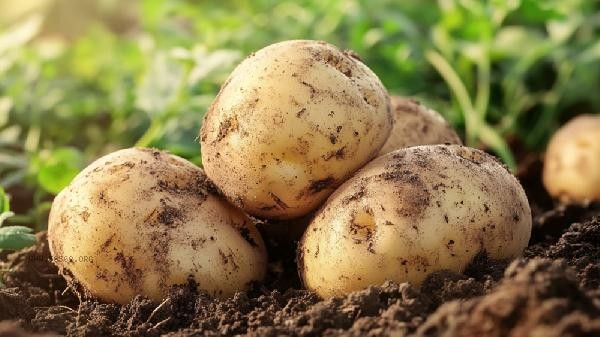
4. Air isolation
Vacuum sealing can block oxygen contact and delay germination, making it suitable for processing diced potatoes. Families can use vacuum machines to package or immerse in clean water for refrigeration, but water needs to be changed daily. Whole potatoes can be thinly coated with food grade paraffin to form a protective film on the surface.
5. Avoid mixing
Do not mix with fruits that release ethylene, such as apples and bananas, as ethylene can accelerate potato metabolism. Stimulating vegetables such as onions and garlic should also be placed separately, as their volatile substances may penetrate the potato skin and induce mold growth.
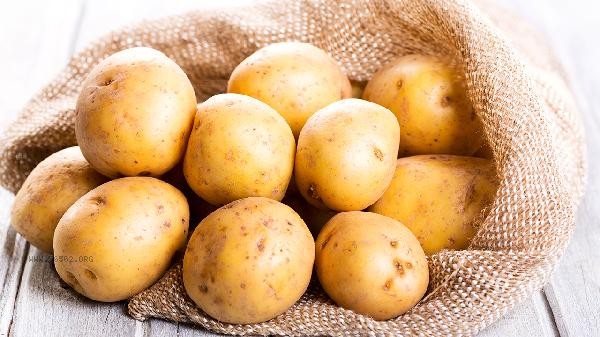
Sprouted potato sprouts can accumulate a large amount of solanine around their eyes, which may cause toxic reactions such as nausea and vomiting after consumption. If slight sprouting is found, thoroughly remove the bud eyes and surrounding tissues, heat thoroughly, and consume with caution. It is recommended to purchase small quantities multiple times in daily life, and prioritize consuming old potatoes with wrinkled skin. During storage, regular inspections should be conducted to remove individuals that have sprouted, turned green, or become moldy. Containers that have come into contact with spoiled potatoes should be disinfected with white vinegar. Alternating consumption with root vegetables such as carrots and sweet potatoes can enrich dietary fiber and vitamin intake.


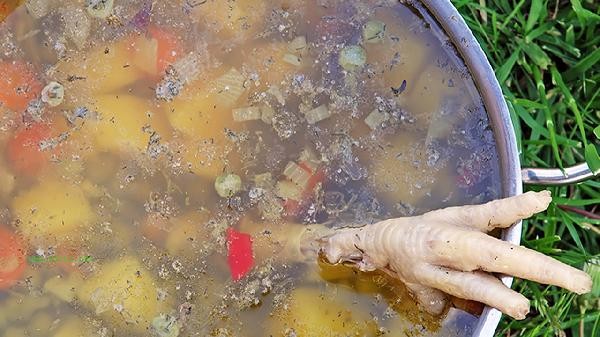
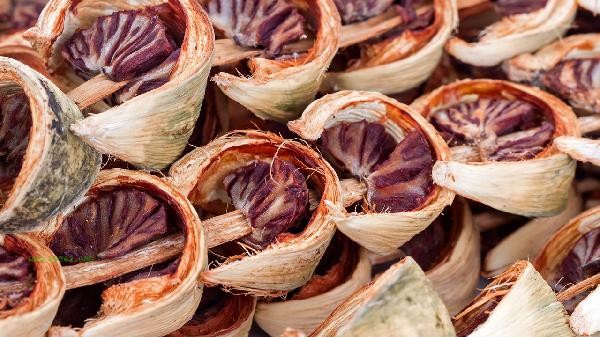
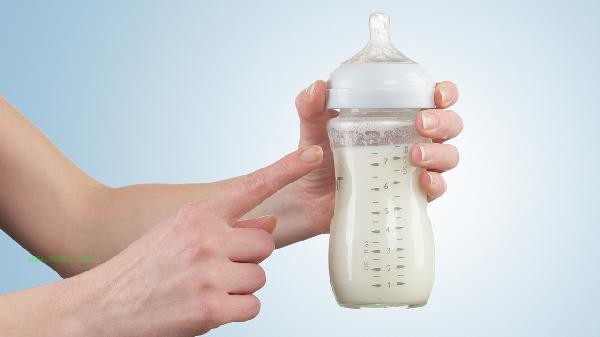



Comments (0)
Leave a Comment
No comments yet
Be the first to share your thoughts!